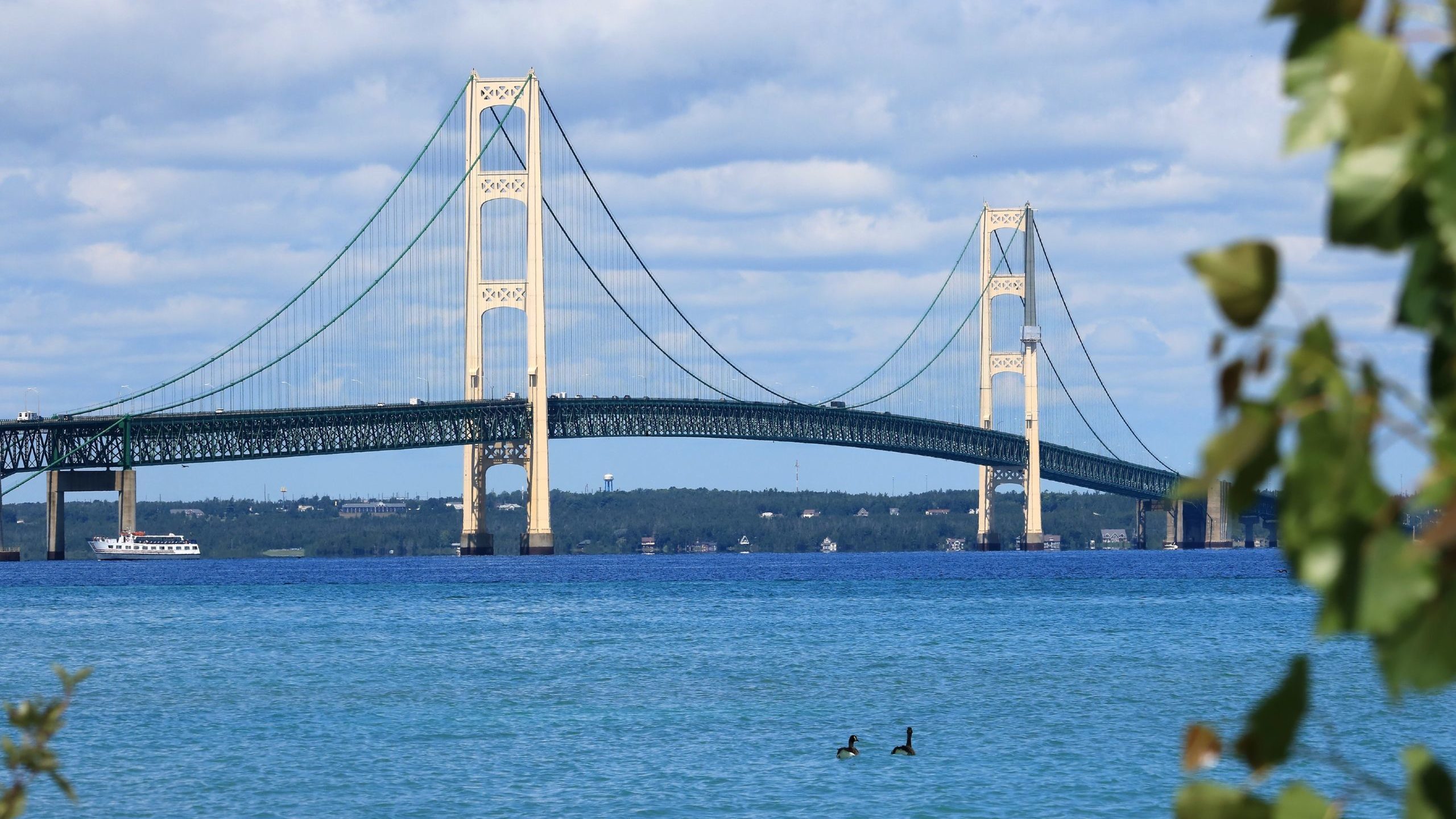Media reports are circulating that exaggerate the safety risk of the Line 5 pipeline on the seven-kilometre stretch where it crosses Michigan’s Straits of Mackinac.
The pipeline has never had a single spill in the Straits in its 68 years of operation, and now uses advanced marine safety monitoring that has been third-party verified as highly effective.
Line 5 is a critical source of energy supply for homes and businesses in Ontario, Quebec, Michigan, Ohio and Pennsylvania, as well as supporting thousands of jobs.
Line 5 needs to continue operating until its owner, Enbridge, can complete building a $500-million tunnel designed to safely house a new replacement pipeline underneath the lakebed, ensuring safe and reliable energy to satisfy demand long into the future.
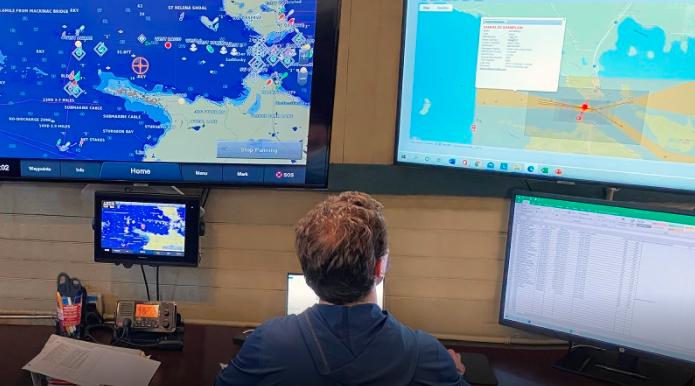
Fact: Line 5 is safe
Line 5 has been operating in the Straits of Mackinac for 68 years without a single release.
The walls of the dual pipelines are three times as thick as those of a typical pipeline, with an “incredibly durable” enamel coating to protect from corrosion and potential impacts, Enbridge says. Inspections conducted in 2019 and 2020 confirm that the coating system is working as intended and effectively protecting the pipelines, the company reports.
The Straits of Mackinac crossing is a no-anchor zone, regulated by the US Coast Guard. Enbridge has added extra safeguards to reduce the risk of a vessel’s anchor striking and damaging the pipelines.
Run from the 24-7 Enbridge Straits Maritime Operations Centre (ESMOC), this includes patrol boats, a communication and monitoring system that identifies approaching shipping vessels and reminds them of the no-anchor zone and high-resolution cameras that act as an early warning and notification system.
ESMOC staff has full authority to direct the Enbridge operations centre to shut down Line 5 if sufficient risk is identified.
A September 2020 safety analysis by C-FER Technologies found that these measures reduce the risk of pipeline failure by 99.5 per cent, compared to no measures at all.
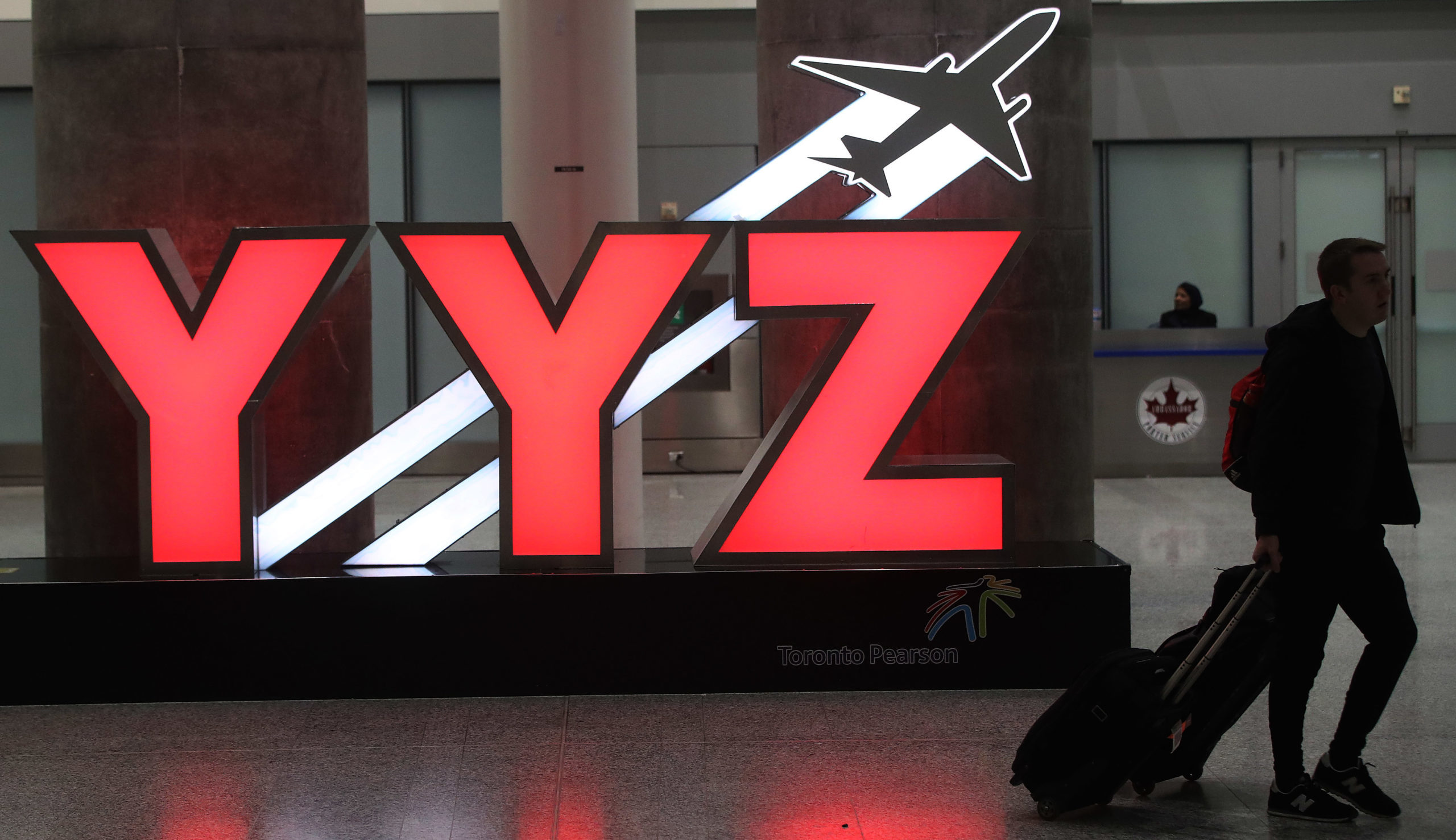
Fact: Line 5 is critical to communities in Canada and the U.S.
Line 5 supplies about 45 per cent of the petroleum currently required by refineries in Ontario, Quebec, Michigan, Ohio and Pennsylvania.
If Line 5 was shut down, it would take 2,000 trucks or 800 rail cars going one-way each day to transport the same volume of petroleum to customers, resulting in higher greenhouse gas emissions and greater risk of a spill.
Oil and natural gas liquids delivered on Line 5 is processed into gasoline, diesel, jet fuel and propane, including 100 per cent of the jet fuel used at Toronto’s Pearson Airport and more than half of the jet fuel for the Detroit Metro Airport.
Line 5 also provides about 55 per cent of propane requirements in Michigan, the largest residential consumer of propane in the U.S.
A study conducted on behalf of the State of Michigan found that alternatives to Line 5 would likely increase the price of propane on both a wholesale and retail level.
The Mackinac Centre for Public Policy estimates that if Line 5 were shut down, Michigan residents could have to spend $25,000 to convert from propane to electric heating, followed by a $3,500 annual increase to their annual heating costs. That could affect 330,000 Michigan residents.
Line 5 also delivers feedstock for petrochemical facilities in the region including the Sarnia-Lambton Petrochemical and Refining Complex, which employs more than 4,900 people directly and is estimated to indirectly generate an additional 23,500 jobs.
One facility owner, Plains Midstream Canada, warns that without product from Line 5, its facilities in Sarnia, Rapid River, MI and Superior, WI would face shutdowns and price hikes, resulting in job losses in “another significant blow to area residents at a time when they can afford it the least.”
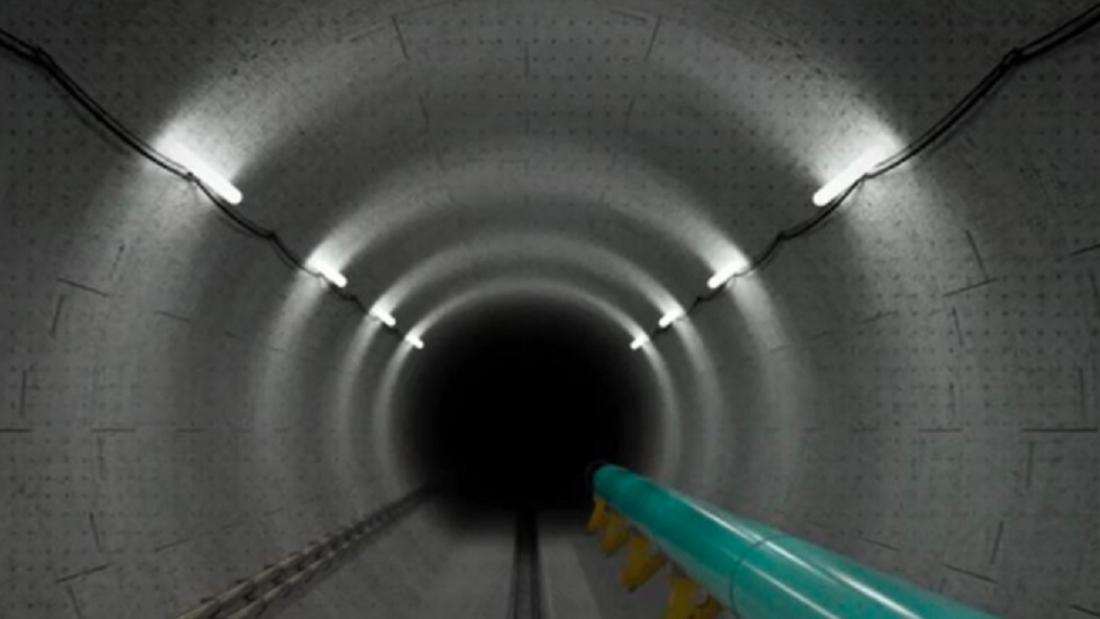
Fact: Enbridge is working to make the safe pipeline even safer
Enbridge has received initial permits for its planned Great Lakes Tunnel project, which will replace the existing Line 5 with a new pipeline secured inside a concrete tunnel located approximately 100 feet below the lakebed.
In addition to housing Line 5, in the future the tunnel could also house other important infrastructure for the region like transmission systems for electricity, data and telecommunications.
The project will protect the Great Lakes and thousands of Michigan jobs, according to the Michigan Manufacturers Association, which is part of a coalition working to ensure the project moves forward.
In addition to protecting the Great Lakes, the coalition says the project will help kickstart the Michigan economy as it emerges from COVID-19.
The U.S. Army Corps of Engineers is now conducting an environmental impact statement review of the project, while the Michigan Public Service Commission continues to progress its permitting process. Construction is expected to take approximately three years to complete, following regulatory approvals.
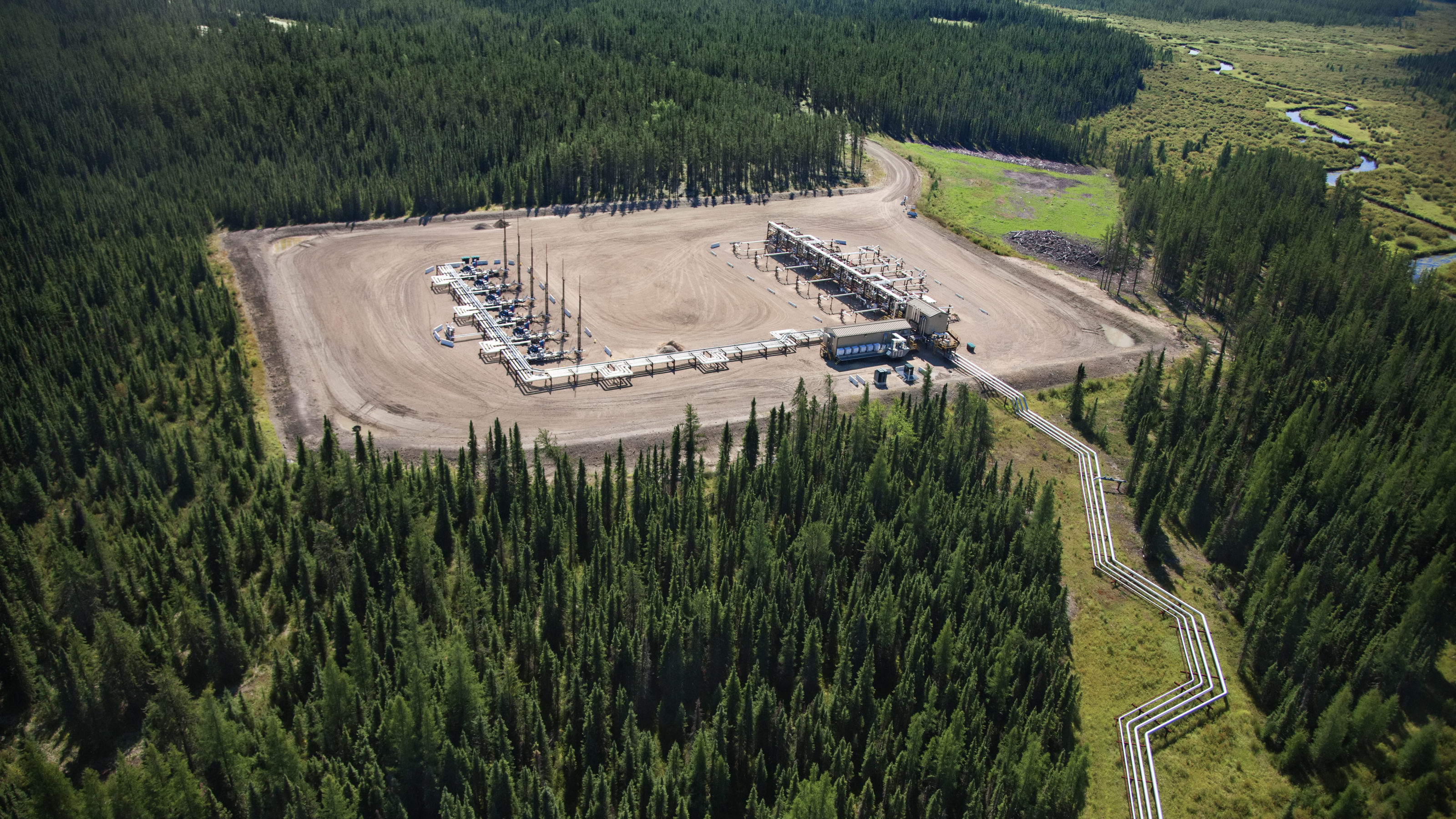
Fact: Oil and gas will remain critical to Canada and the U.S. over the long term
Pipelines like Line 5 are critically important as North America’s demand for oil and gas is expected to stay strong over the coming decades, despite an increasing share of renewable sources in energy markets.
Outlooks by both the Canada Energy Regulator (CER) and U.S. Energy Information Administration (EIA) project that oil and gas will continue to dominate energy supply to 2050. The reference case of the CER’s latest outlook sees natural gas and refined petroleum products meeting 73 per cent of Canadians’ energy needs in three decades, compared to 77 per cent in 2020.
In the CER’s “evolving scenario,” which assumes actions to decarbonize increase, natural gas and refined petroleum products supply 64 per cent of Canadian demand in 2050.
Meanwhile, the EIA’s latest outlook base case sees oil and petroleum supplying 70 per cent of total U.S. energy consumption in 2050, essentially the same as their market share in 2020. In the EIA’s scenario that includes lower costs for renewable energy development, oil and gas still meet 67 per cent of U.S. energy demand in three decades.
The unaltered reproduction of this content is free of charge with attribution to Canadian Energy Centre Ltd.
